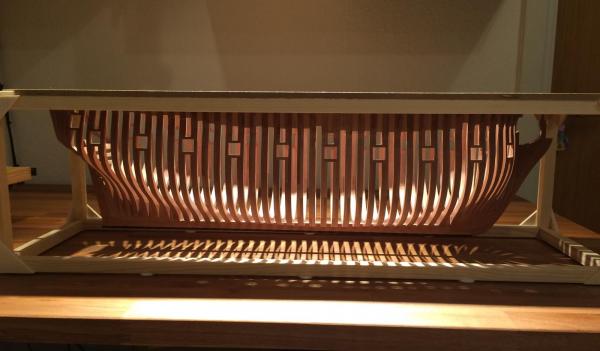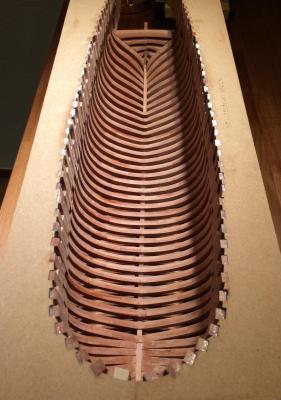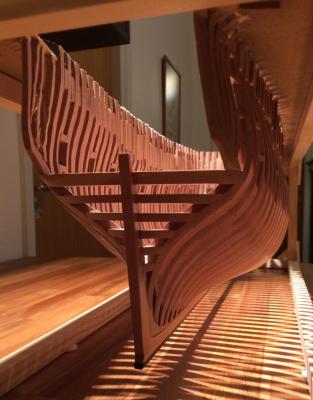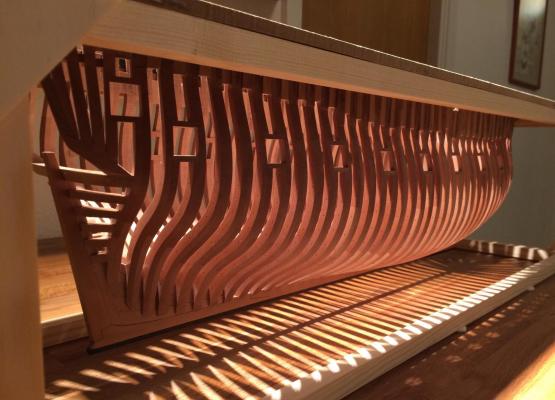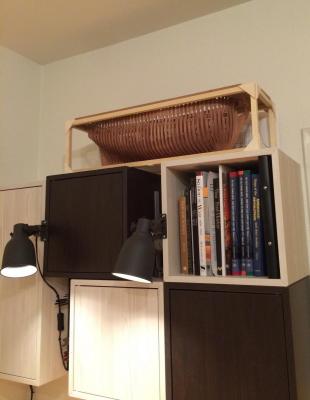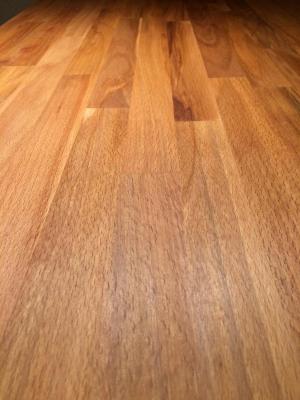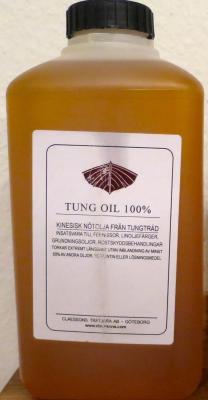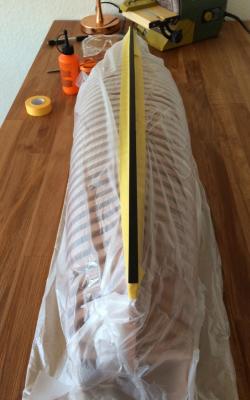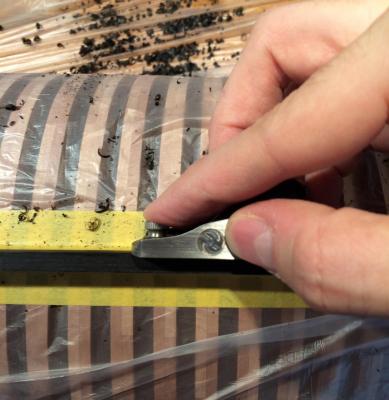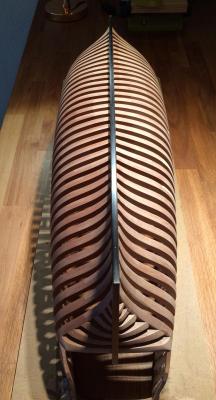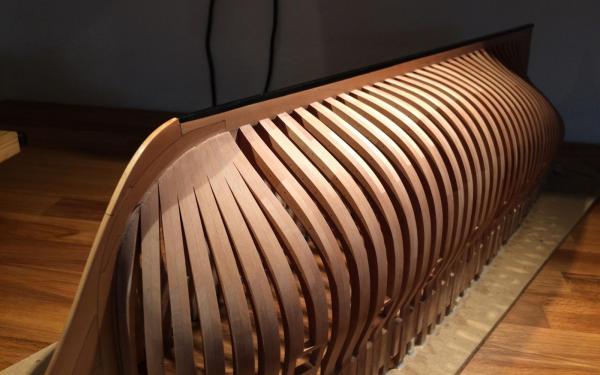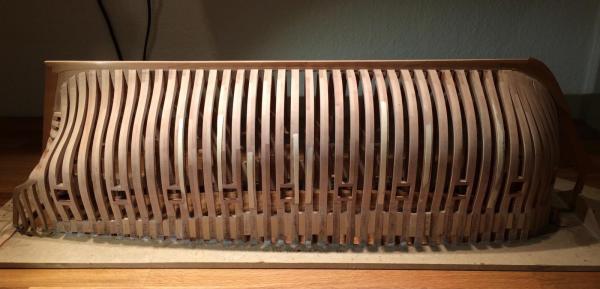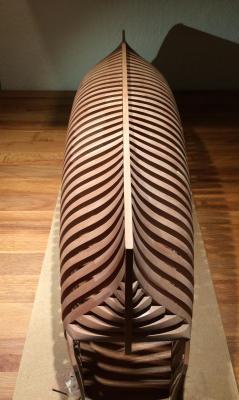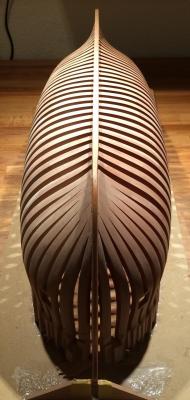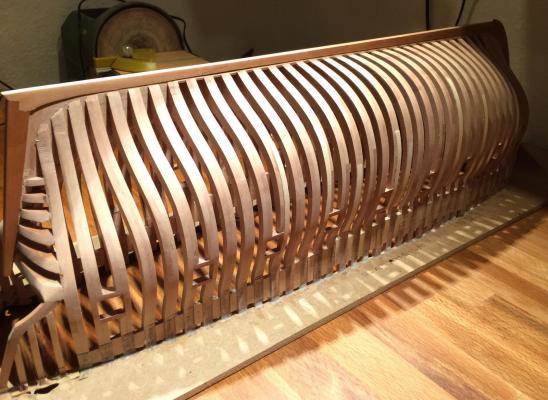-
Posts
1,546 -
Joined
-
Last visited
Content Type
Profiles
Forums
Gallery
Events
Everything posted by Mike Y
-
Vernier calipers never lie.. Never trusted that cheap electrical ones, with a two-cent parts they can't be trustworthy. And proper proffessional calipers cost a fortune.
- 525 replies
-
- anchor hoy
- hoy
-
(and 1 more)
Tagged with:
-
Robin, that is very easy - click on the image to open a fullsize version, right click -> save image, then post it to your thread.
- 968 replies
-
- hahn
- oliver cromwell
-
(and 1 more)
Tagged with:
-
ancre Le Rochefort 1787 by Niklas - 1:36
Mike Y replied to Niklas's topic in - Build logs for subjects built 1751 - 1800
Yaay, finally somebody in Stockholm builds a fully framed model! Let me pull the chair. How about some beer? -
ancre Le Rochefort 1787 by Niklas - 1:36
Mike Y replied to Niklas's topic in - Build logs for subjects built 1751 - 1800
Very accurate! What are those tiny round "holes" in the deadwood? -
Glenn, your model seems to be built with a much higher accuracy than the original vessel A pleasure to follow. The use of CNC looks very effective! Oh, forgot that you also need to make a CAD model before it is machined How noisy is the cnc cutter? Is it something you can tolerare for a few hours, or you schedule some overnight batch and have a freshly baked parts next morning?
-
Gaetan, thanks for advices. I understand now how much of an idiot I am.. Lesson learned! I really had very little understanding of the mechanics of oil. Already tried regular turpentine as a dilution liquid on some scrap wood - even I can't stand that smell, threw away the entire bottle next morning! Will test white spirit (mineral spirit) solution on a scrap wood today. And for the table top - will just leave it as is. Question: would it be beneficial to sand it with very fine paper from time to time, to smoothen the grain? Or it will cause more harm by removing the top layer that is drying?
-
Proxxon Micro Planer DH40 - owner feedback??
Mike Y replied to rtropp's topic in Modeling tools and Workshop Equipment
Bill, thanks for the info. I really missed this one when selecting the planer.It is, however, too large. Proxxon has no competition when it comes to small tools designed for people who work in a tiny room corners. If you have a full scale workshop - buying proxxon planer or bandsaw makes little sense, there are better options if you can afford a larger size. -
I have a bottle of the "Danish Oil", this one: http://www.wood-finishes-direct.com/product/rustins-danish-oil It contains "purified Tung Oil, vegetable oils and resins." Does it make sense to apply it on top of tung oil, as a second coat? Danish oil should dry much faster. Or it is better to avoid mixing different oils together?
-
Jaager, thanks for the detailed explanation! No, I used a pure oil. Understood the idea, will wait more, if it will fail to dry - will follow your instructions on removal and re-application. Oil might not be not ideal for the working surface, but I really do not want to have a glossy look of the typical varnishes, that create a transparent layer on top of the wood. Probably will end up sanding and re-finishing the table top once or twice a year, it is fine.
-
Made a support jig to install the hull in an upright position. It is a first time I see it this way, very, khm, unusual! Like it is upside down. Or, hold on, right side up? Very confusing after working on the inverted hull for little bit more than 1.5 years.. The jig is simple and surprisingly stable. I was planning to add a diagonal braces to it to increase stability, but looks like it is not necessary. Now it even looks much bigger when stored right side up Ok, so now I do not have any more excuses, time to fair the inside of the hull. See you in a few dusty weeks!
- 968 replies
-
- hahn
- oliver cromwell
-
(and 1 more)
Tagged with:
-
I made myself a nice table - sold beech table top, sanded to remove the old finish and applied tung oil instead. Used a microfiber cloth to rub it into the wood and evenly distribute. Few coats were applied same evening - it was a continuous process, because pieces of wood in the tabletop had different grain direction, so some were absorbing the oil pretty fast, while others did it slower. Next morning I rubbed the excess oil with a paper cloth and left it to dry for a week. 10 days passed - it is still not fully dry. It looks pretty dry, but if you touch it - you feel that the surface is oily. This is how it looks right now: The oil I have is a local brand, not something well known. Bought in a fancy boutique though, which sells only high quality stuff The can says that this is a pure oil and it dries "extremely slow" if not diluted with turpentine or some other oil: It is too late to dilute Will read the instructions next time! The same oil works fine on a model scale, but it feels different with small parts of a full size table top. What should I do? * Just wait more and it will finally dry? Should I wipe it with a paper cloth or sand it lightly, or it is better to let it untouched for a while? * Apply some wipe-on poly on top of it? I am afraid that this will cause a mix of poly with half-dry oil, which might behave unpredictably. * Apply another coat of oil? But if the current surface can't polymerize, new coat will not dry either. Would appreciate any advices!
-
I can't imagine how a long piece of wood will ever be perfectly straight. 1mm deviation sounds perfectly normal in my opinion. Wait for the humidity change, it will warp much more Are you going to screw it to the building board? If yes - might be reasonable to add another hole or two and attach it to the build board while pressing something straight against it, to ensure alignment.
-
Christian, it is only cut on the side that would be fully planked. No rabbet on the other side, for aesthetics reasons.
- 968 replies
-
- hahn
- oliver cromwell
-
(and 1 more)
Tagged with:
-
Installed the false keel. It is the first time I work with ebony, and probably the last. Working with ebony is all about cleaning, cleaning, cleaning and again cleaning. Bleh! Shaped it with the Veritas mini block plane, its blade is really hard, cuts ebony without any issues: Result:
- 968 replies
-
- hahn
- oliver cromwell
-
(and 1 more)
Tagged with:
-
Proxxon Micro Planer DH40 - owner feedback??
Mike Y replied to rtropp's topic in Modeling tools and Workshop Equipment
As far as I know - the only one (maybe excluding some chinese crap copies, was not looking on them). There are few thickness sanders of a similar size, but sander is not an option for me - too many dust. -
Thanks Erik! This time I gave up and used iPhone 5 to take photos, instead of the proper camera (Canon S120). The colours on the iphone photos are much more correct and realistic then the ones made by canon, which makes everything too warm and yellow under this light. Tried to reset the WB - ended up with colours that are too cold. Tried iPhone - hah, it just gives a right colour with no tweaks or filters or adjustments
- 968 replies
-
- hahn
- oliver cromwell
-
(and 1 more)
Tagged with:
-
Finished fairing the exterior of the hull: No finish applied yet. First time I show the hidden side of it It is the port side, it would be fully planked and fully hidden - hence no iron bolts, very rough fairing and less attention to the frame alignment - ended up adding strips of wood to patch the low spots. Now need to make a frame to support the hull in an inverted position (keel down), to be able to comfortably work with the internals of the hull. Internal fairing would be fun!
- 968 replies
-
- hahn
- oliver cromwell
-
(and 1 more)
Tagged with:
-
Igor, all shop vacs are too loud and too big for my room... So I am using a tiny detachable vac (http://cache.air-n-water.com/images/electrolux-el1014a-6-l.jpg) I put it close to the sander, under the left bottom corner where the majority of dust goes, and that helps a lot.
- 968 replies
-
- hahn
- oliver cromwell
-
(and 1 more)
Tagged with:
About us
Modelshipworld - Advancing Ship Modeling through Research
SSL Secured
Your security is important for us so this Website is SSL-Secured
NRG Mailing Address
Nautical Research Guild
237 South Lincoln Street
Westmont IL, 60559-1917
Model Ship World ® and the MSW logo are Registered Trademarks, and belong to the Nautical Research Guild (United States Patent and Trademark Office: No. 6,929,264 & No. 6,929,274, registered Dec. 20, 2022)
Helpful Links
About the NRG
If you enjoy building ship models that are historically accurate as well as beautiful, then The Nautical Research Guild (NRG) is just right for you.
The Guild is a non-profit educational organization whose mission is to “Advance Ship Modeling Through Research”. We provide support to our members in their efforts to raise the quality of their model ships.
The Nautical Research Guild has published our world-renowned quarterly magazine, The Nautical Research Journal, since 1955. The pages of the Journal are full of articles by accomplished ship modelers who show you how they create those exquisite details on their models, and by maritime historians who show you the correct details to build. The Journal is available in both print and digital editions. Go to the NRG web site (www.thenrg.org) to download a complimentary digital copy of the Journal. The NRG also publishes plan sets, books and compilations of back issues of the Journal and the former Ships in Scale and Model Ship Builder magazines.




